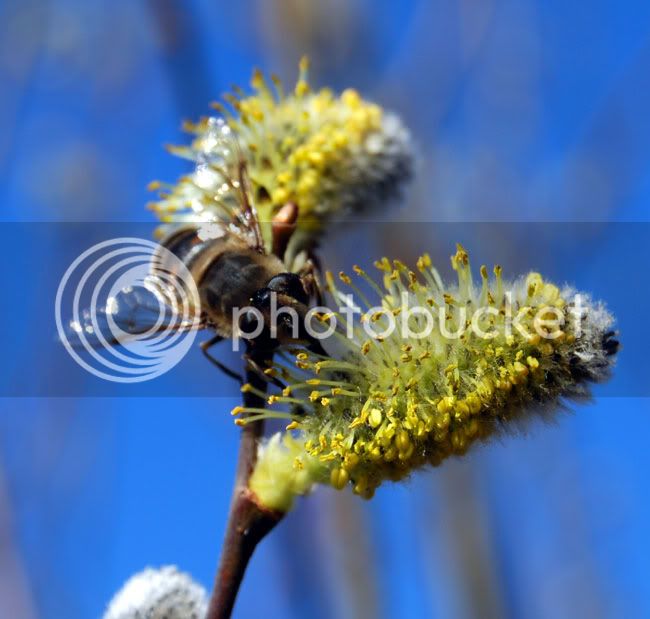kazmcc
Queen Bee
- Joined
- Jul 9, 2010
- Messages
- 3,147
- Reaction score
- 3
- Location
- Longsight, Manchester, UK
- Hive Type
- National
- Number of Hives
- None, although I have my eye on one ( Just don't tell Dusty ;) )
Walking back from hospital today, I saw a huge bumble bee - bigger than anything I've seen before - squashed on the road. My question is this.....Could it have been an unfortunate queen? Would they be outside of the colony at this time of year? It really was big 





